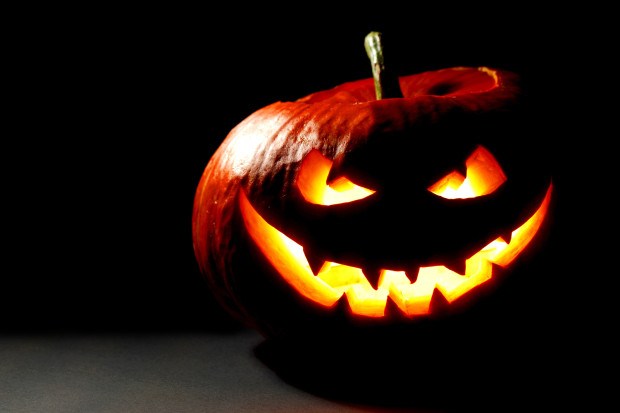Carving pumpkins is a fall tradition for many, but as Halloween approaches, Dr. Ari Mayerfield, hand surgeon at the New York Group for Plastic Surgery, warns parents and children to use caution and the appropriate tools when carving pumpkins to avoid potentially serious hand injuries.
There were an estimated 20,579 pumpkin-related knife injuries from 2012 to 2021, according to a study using data from the National Electronic Injury Surveillance System (NEISS).
Hand injuries accounted for 87.6 percent of all injuries, with the thumb (33.5 percent) and index finger (25.0 percent) most commonly affected, according to the report, “Pumpkin carving injuries: National incidence and trends of hand injuries.”
Men and women were injured at similar rates (51.6 percent vs 48.4 percent percent, respectively).
Children age 10-19 were the most commonly injured (31.5 percent) followed by children under 10 years old (19.5 percent).
Females age 10-19 were the most commonly injured subgroup (10.0 percent of all injuries).
Most emergency room visits occurred on Saturdays (16.5 percent) or Sundays (23.3 percent).
A majority of injuries occurred during the months of October (83.5 percent) followed by November (11.2 percent), with almost half of all cases (45.6 percent) occurring in the last week of October.
Peak incidence of injury occurred on October 30th.
Every year, surgeons and hand therapists treat patients with injuries related to pumpkin carving. According to the American Academy of Orthopaedic Surgeons (AAOS), pumpkin-carving can result in lacerations to the hand and also injuries to bones and tendons.
“Hand injuries at this time of year occur frequently when children and adults try to use kitchen knives to carve pumpkins,” said Dr. Mayerfield, a hand and upper extremity surgeon at The New York Group for Plastic Surgery at NewYork-Presbyterian/Hudson Valley Hospital. “Pumpkins have a very tough outer skin and usually require a sharp blade to cut through. Most knives used, including kitchen knives, lack a safety guard to protect the hand from slipping down the blade, increasing the risk of serious injury.”
Hand injuries from pumpkin carving can be so severe that nerve or tendon damage may result, affecting the function of the hand.
Parents can prevent painful or serious hand injuries by providing alternative decorating activities allowing children to be a part of creating a Halloween pumpkin.
“Accidents that happen in just a second can result in devastating injuries that may require surgery and several months of rehabilitation,” said Erin Leary, lead occupational therapist and certified hand therapist at NewYork-Presbyterian/Hudson Valley Hospital.
Mayerfield recommends decorating a pumpkin with paints, stickers or markers, or dressing the pumpkin in costumes as a way for small children to safely participate in Halloween activities.
For older children and adults, a pumpkin carving knife should be used. Pumpkin carving kits are commercially available and feature tools that are specially designed for use in the creation of Jack-O-Lanterns.
A sawing motion, rather than a sharp cutting action, should be used to help prevent serious hand injuries.
Study authors Charles A. Johnson, Luke LaRochelle, William N. Newton and Charles A. Daly concluded hand injuries resulting from pumpkin carving are preventable.
When carving pumpkins, NewYork-Presbyterian/Hudson Valley Hospital offered the follow safety tips:
- Never leave children unattended with carving tools.
- Let adults do the carving. Children can draw designs on the pumpkin or help remove the pulp.
- Carve in a clean, well-lit, dry area. Any moisture on your tools, hands or table can cause slipping that can lead to injuries.
- Sharper knives are not necessarily better for carving. Pumpkin carving saws are the safest tools for carving.
- When carving, cut away from your body in small and controlled strokes.




















 Adjusters Launch ‘CarFax for Insurance Claims’ to Vet Carriers’ Damage Estimates
Adjusters Launch ‘CarFax for Insurance Claims’ to Vet Carriers’ Damage Estimates  Why ‘Good Enough’ Is Killing Insurance: The Hidden Cost of Satisficing
Why ‘Good Enough’ Is Killing Insurance: The Hidden Cost of Satisficing  Why the Middle Market Matters and How Insurers Can Capture It
Why the Middle Market Matters and How Insurers Can Capture It  Five AI Trends Reshaping Insurance in 2026
Five AI Trends Reshaping Insurance in 2026 